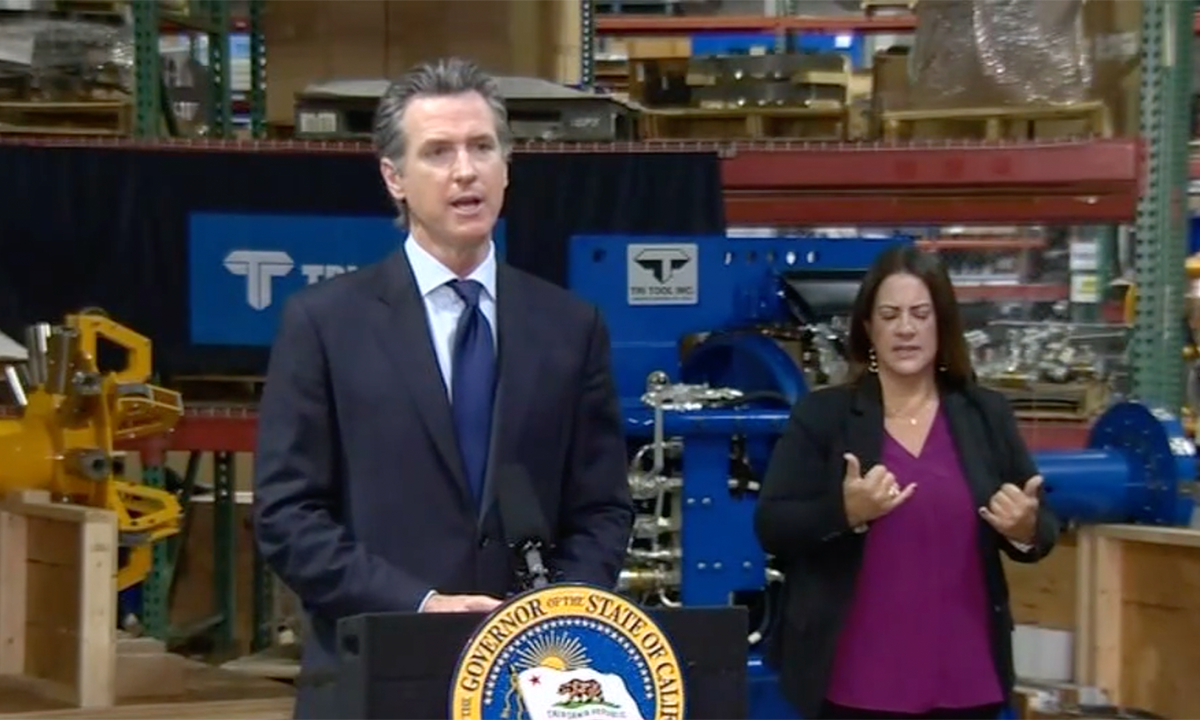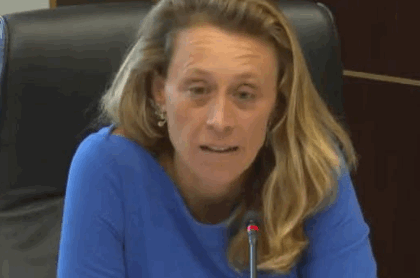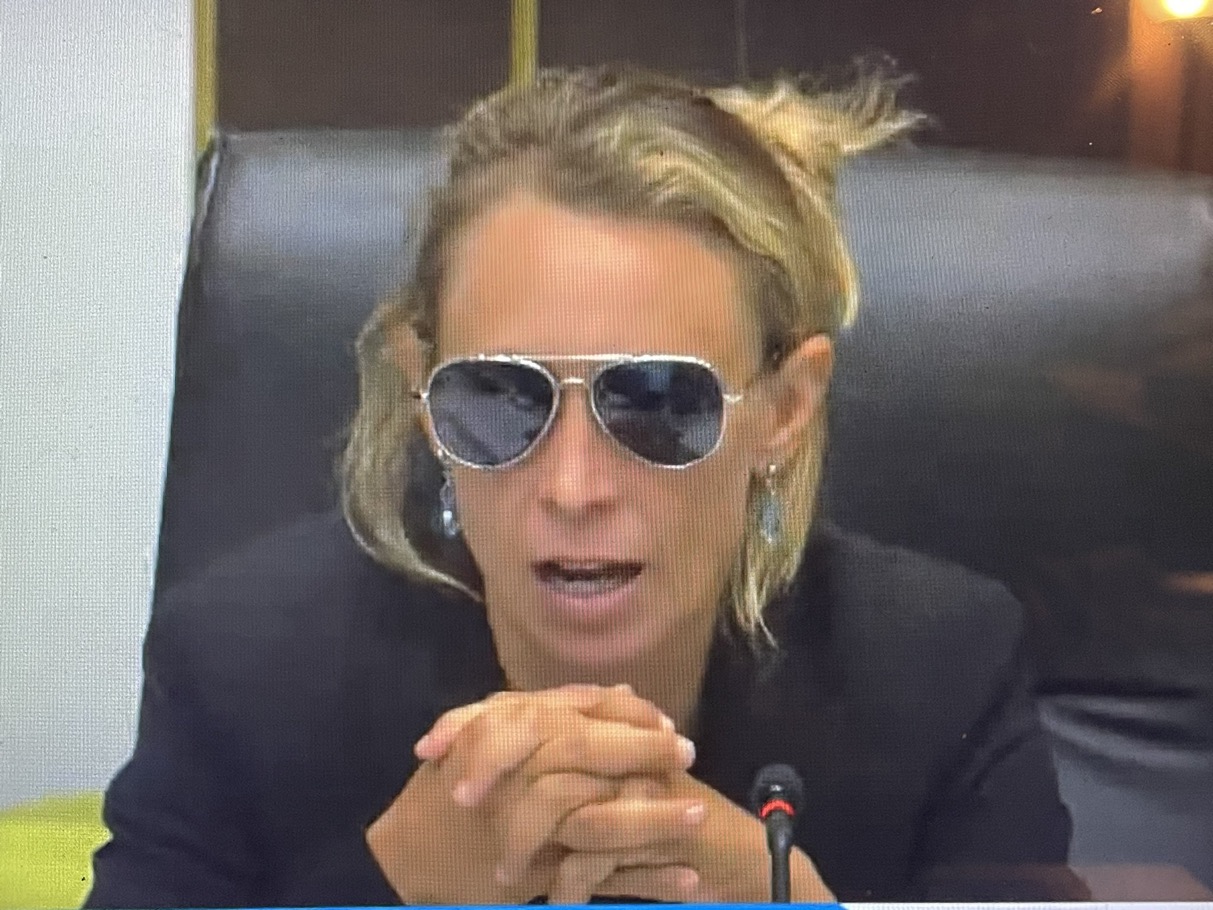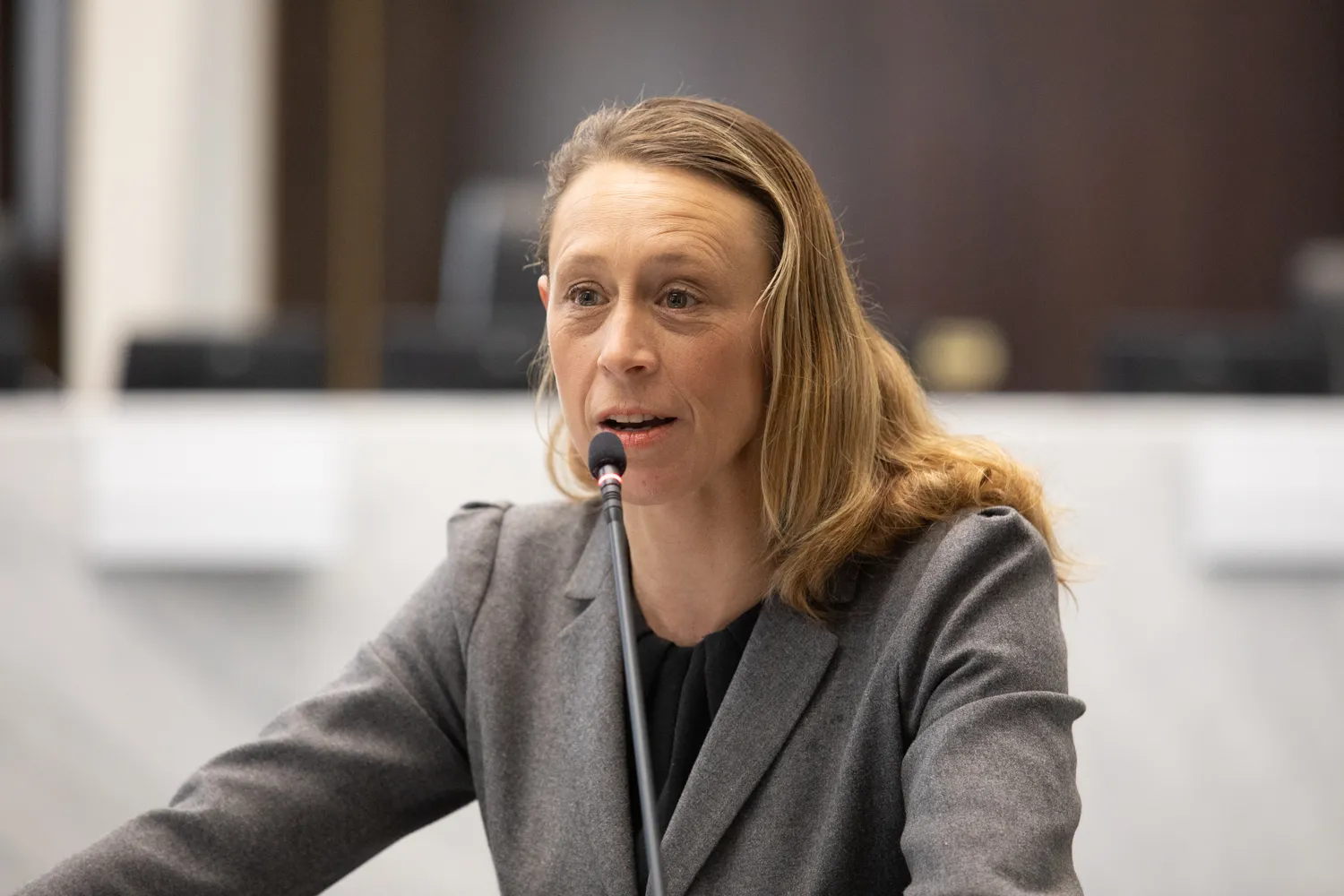Written by Shaila Mehta
During the Coronavirus pandemic, officials in California have worked to monitor and limit the number of people allowed in a grocery store at one time. Part of Governor Newsom’s latest stay-at-home order included a new restriction that limited both essential and non-essential stores to 20% capacity, a sharp decline from what previous limits were.
Grocery stores, which are classified as essential, had a major problem with the new restrictions. Their previous capacity limit was 50%, so a cut to 20% would’ve created some significant problems for the many people who need to buy food.
After some pushback from grocery stores, state lawmakers rolled back the strict limit and instead changed it to 35%.
Following the change, President and CEO of the California Grocers Association, Ron Fong, said, “There will not be crowding. We will not have long lines out the door, which was what our concern was going to be at 20%.”
California’s acting public health officer also made a statement following the change:
“In order to ensure that California’s grocery stores are able to safely deliver sufficient quantities of food to California households, it is necessary to ensure capacity for grocery stores,” according to the supplemental order signed by Dr. Erica Pan, the California Health Department’s acting public health officer, on Sunday.
Despite the increased capacity limit, many grocery stores are seeing the “long lines” that Fong said we wouldn’t have to worry about. According to the UT, lines could be seen forming outside a Sprouts in Alhambra and a Trader Joes in Studio City.




